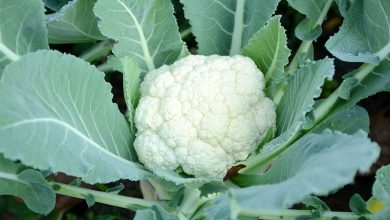Pests and diseases of Lavender: Complete guide with photos
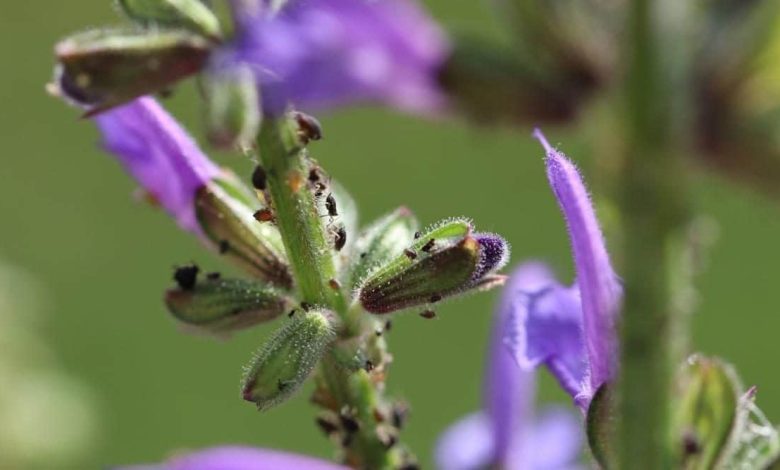
Hello to all agrohuerters! In today’s article we are going to learn how to identify the main pests and diseases of Lavender. Undoubtedly, lavender is one of the aromatic plants that cannot be missing in our gardens. So if we want to continue to have quality lavender, we must know how to control lavender pests and diseases. Go for it!
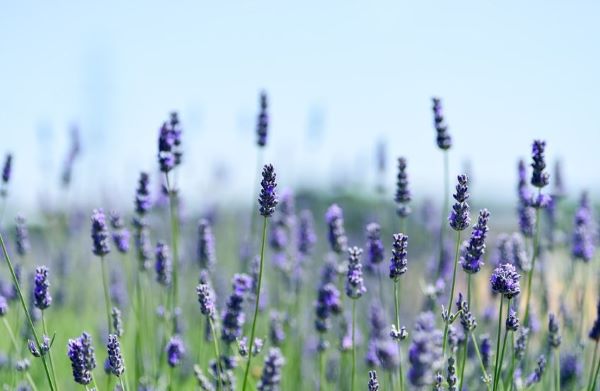
1. Pests of lavender
First of all, we are going to learn about the most important lavender pests, among which the following stand out: cochineal, gall midge larvae, melighetes beetle, lavender caterpillars, aphids or chrysomelids.
1.1. Cottony mealybug or white mealybug
The cottony mealybug, also known as the white mealybug, is easy to tell apart due to its whitish color. If one day you see white insects with a cottony appearance on your lavender, there is no doubt, the cochineal has reached your plants.
Another of their characteristics is that they stick to the plant like limpets. It should also be noted that these insects are quite small. These mealybugs can affect indoor or outdoor plants. It is a very common pest in citrus but can also attack other aromatic plants, vegetables or fruit trees.
If you want to know more information about this pest, I recommend that you consult the following article: White mealybugs on plants: How to eliminate the cottony mealybug.
Finally, there are other species of mealybugs that can also affect our lavender plants.
Next, I leave you a photo of some mealybugs (I have not found a good photo of the lavender plant).
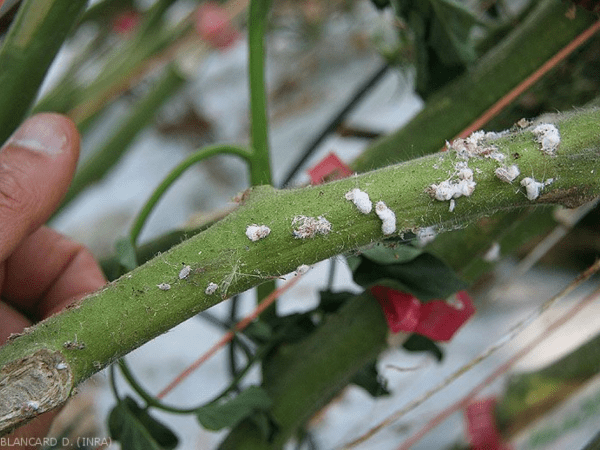
1.2. larvae of gall midges
If we find some dry lavender stems, the culprits may be the larvae of a type of diptera (small midges) known as gall midges. We can observe this pest in spring-summer.
These larvae, apart from drying out the shoots, can cause their death. We can find them hidden between the bark of the shoots and this fact makes their control very difficult. For this reason, the fight against the plague of gall midges usually focuses on adults that do not damage the plant but are easier to control.
Next, I leave you a photo of an adult gall midge. You can see that it is very similar to what we call “mosquitoes”.
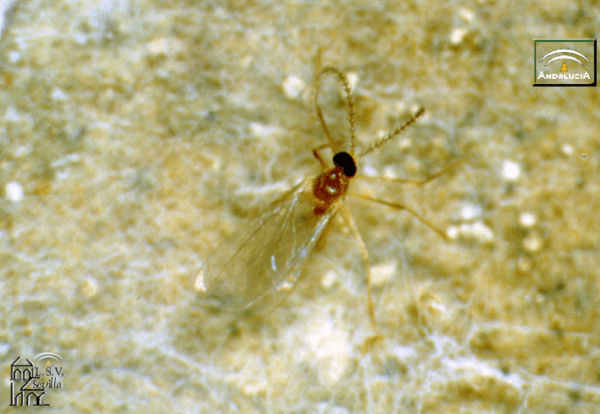
1.3. Beetle Melighetes sp.
Melighetes subfunatus (Lavender melighuetes) is a species of beetle that eats the reproductive organs of lavender flowers. It barely measures 2mm but it can be dangerous if the pest density is high.
1.4. lavender caterpillars
If we find green caterpillars with dark heads on our lavender leaves, we should be concerned since these insects love to eat the leaves. They are easy to see if we look closely.
In the next photo you can see one of these green caterpillars on the lavender plant and small bites it has left on the leaves.
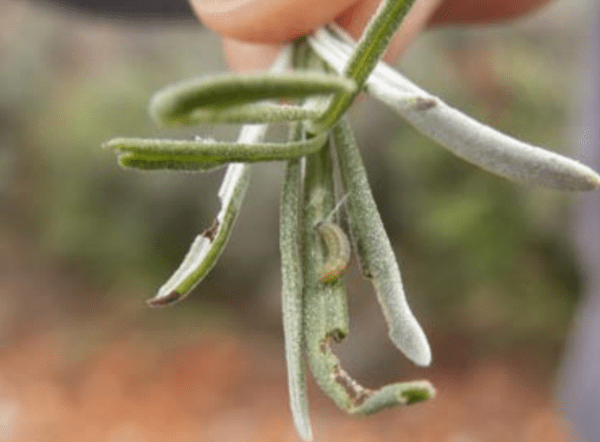
If, on the other hand, you observe caterpillars other than these and want to deepen the investigation, I recommend that you read the following article: I have caterpillars on my plants. How can I eliminate them?
1.5. aphids
You already know that aphids never fail, they attack most crops and lavender is not spared. If we had to highlight a specific species, it would be Eucarazzia elegans.
If you want to know more information about aphids, I recommend the following article: Aphids: Complete guide about plant aphids.
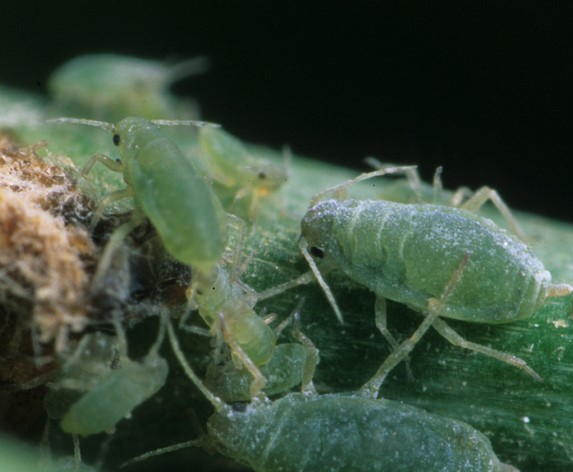
1.6. Chrysomelids
Chrysomelid larvae can also attack our lavenders. Chrysomelids belong to the order Coleoptera (beetles). In the case of lavender, a specific species called Arima marginata stands out. The larvae are very voracious and can also attack other aromatic plants.
2. Lavender diseases
Once we know the lavender pests, we are going to see what the most common diseases are. Among them, the following stand out: rottenness and viral diseases.
2.1. Lavender root rot
Sometimes we can see parts of our lavender plant rotting. If the infection is very strong, it can kill the plant. The most common rot is root rot.
To prevent the lavender roots from rotting, you have to try to ensure that there is good drainage in the soil, avoiding waterlogging.
Some of the species that can cause lavender root rot are: Armillaria mellea, Septoria lavandulae, and Phoma lavandulae.
2.2. diseases caused by viruses
Other of the most common diseases observed in lavender are those caused by viruses. Most usually end with the death of the plant.
Among these diseases it is worth highlighting « Potato stolbur phytoplasma», a viral disease transmitted mainly by the leafhopper Hyalestes obsoletus.
I remind you that to fight viral diseases you always have to fight the vectors of said disease. That is, if an insect is a carrier of the virus, by feeding on the plant it can spread that virus. Therefore, to avoid it, we must create a strategy to combat the insect vector.
In addition, it is very important that work machines and pruning tools are clean because they are another important means of virus transmission.
If you have become curious, after the latter, about plant viruses, I recommend that you read the following article: Viruses that attack garden plants: what they are and what to do.
Lavender Pest and Disease References
- Board of Andalusia. Aromatic, medicinal and fibers.
- Herraiz Peñalver, D., de Benito López, B., Sánchez Ruiz, O. (2013). Lavender Cultivation: Essential Oil Quality and Yields.
- The Country (2019). Lavender, the formula for success in Provence.
- Phytoma (2019). New troops of Xylella in Portugal.
- Board of Andalusia. Cacidomids.
This is all for today, I hope you liked the article and that it helps you to identify the main pests and diseases of lavender. Do not forget that you can send us photos and ask us questions in the comments. This is how we will learn among tod@s!
Have a nice day

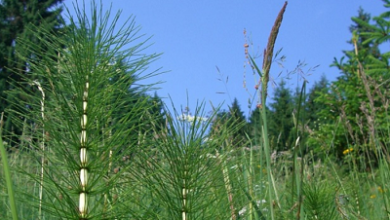

![Photo of What Diseases and Pests Attack the Cherry Tree? [Identify and Treat]](https://www.complete-gardening.com/wp-content/uploads/2021/06/cómo-plantar-cerezo-390x220.png)
